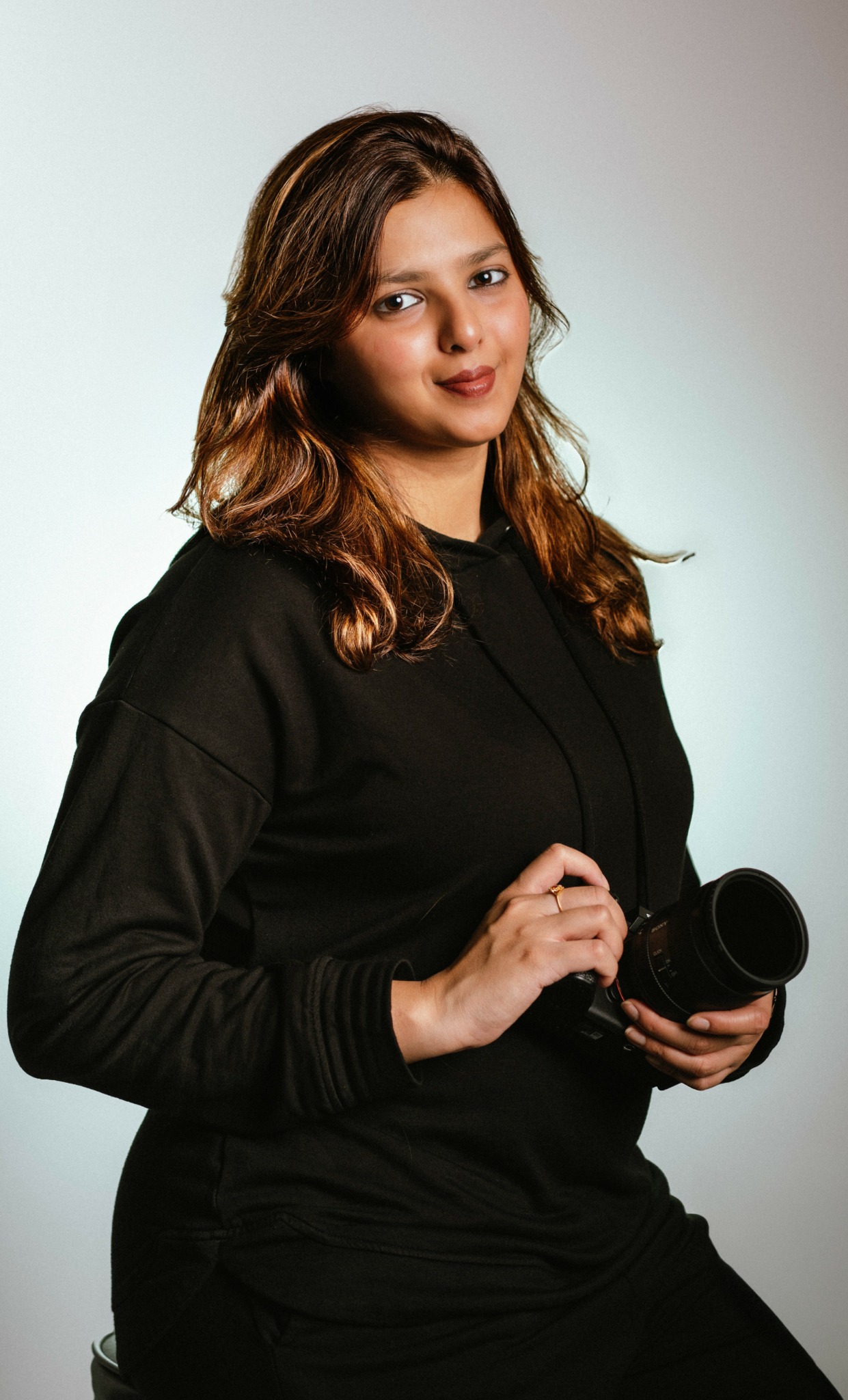We recently connected with Mahnoor Nasir Khan and have shared our conversation below.
Mahnoor Nasir, appreciate you joining us today. Earning a full time living from one’s creative career can be incredibly difficult. Have you been able to do so and if so, can you share some of the key parts of your journey and any important advice or lessons that might help creatives who haven’t been able to yet?
Yes, I’ve been able to earn a full-time living from my creative work, but it didn’t happen overnight. My journey into photography began from a personal, intuitive place—using imagery to explore emotion, memory, and silence. For years, it was something deeply private, and I never imagined it would grow into a sustainable career.
The turning point came when I began to treat my creative practice with the same structure and discipline I admired in other professions. I invested in education, refined my technical skills, and began sharing my work more openly. Slowly, opportunities started aligning—some through commissions, others through long-term collaborations and exhibitions.
It wasn’t easy navigating a path that didn’t follow a conventional template. One of the biggest challenges was finding the confidence to trust that there was value in quiet, emotionally-driven work. But once I leaned fully into my vision and trusted the pace of growth, things began to shift.
If I could go back, I’d tell myself that there’s no perfect timeline. The early years of slow growth were essential for developing my voice—and now, being able to sustain myself through art feels both earned and deeply meaningful.
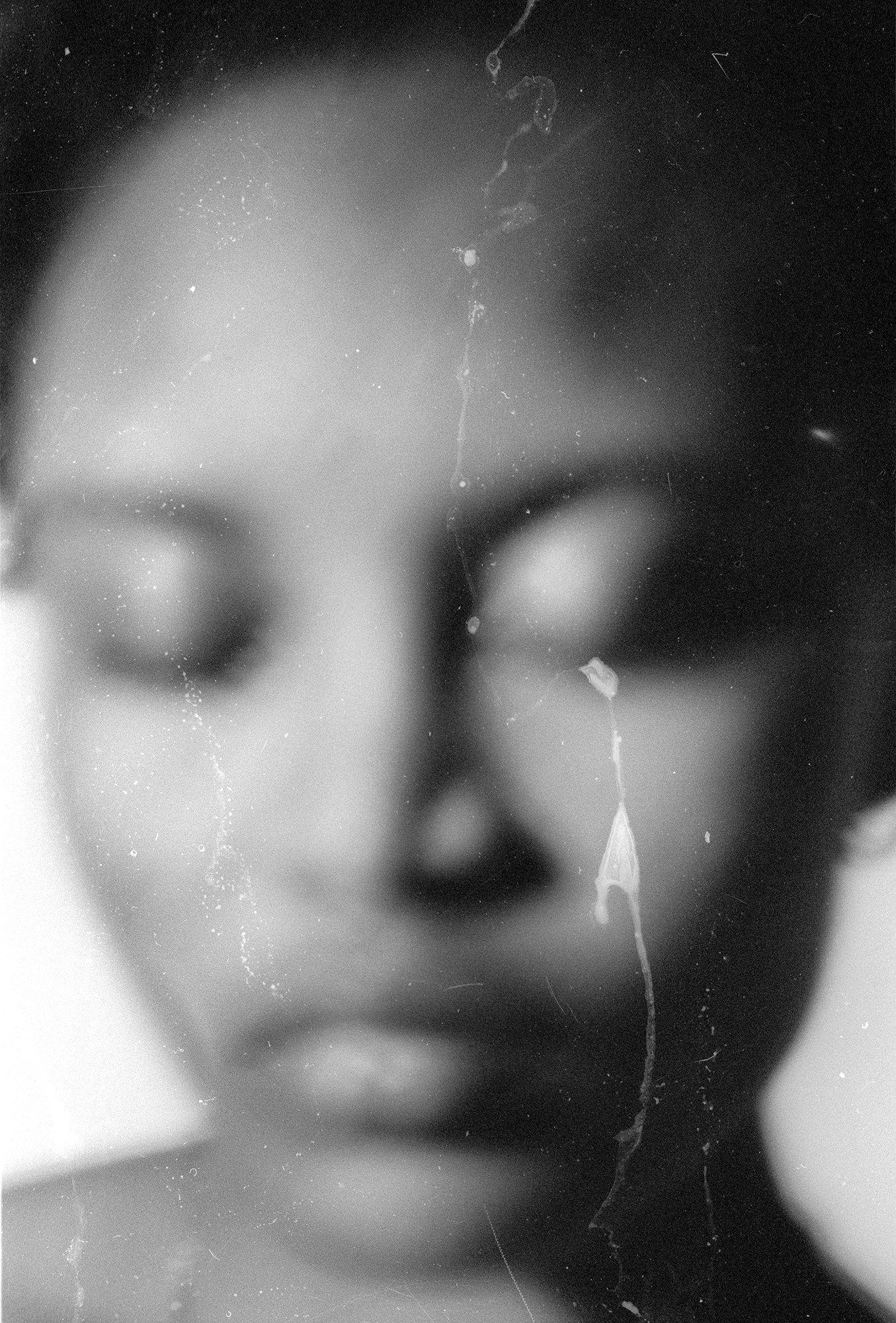
Awesome – so before we get into the rest of our questions, can you briefly introduce yourself to our readers.
I’m a fine art photographer and visual storyteller whose work explores silence, memory, identity, and emotional tension—often through a South Asian lens. What began as a personal response to loss and disconnection slowly evolved into a visual language rooted in stillness, symbolism, and care.
I work primarily with photography and time-based media, often blending analog techniques with digital tools. My projects—such as Cheekh, What They Hide, and Goonj—invite reflection on the stories we carry but rarely speak aloud. Through layering, distortion, and restrained visual framing, I aim to create space for emotional presence.
Rather than solving a problem, my work offers a pause. It asks the viewer to slow down, to feel something they may not have had space to feel before. It’s not about spectacle; it’s about resonance.
I’m most proud when someone sees themselves in the work. That moment of connection—that’s the purpose. My photography has been exhibited internationally and featured in publications such as Vogue Italia. For anyone who engages with it, I hope the work offers room to feel, to question, and maybe, to remember.
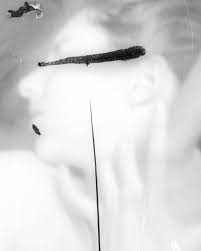
Can you share a story from your journey that illustrates your resilience?
There were times in my creative journey when continuing to make art felt like an act of resistance — especially in environments where stillness, emotion, and subtlety weren’t always seen as strengths. One moment that stands out is when I faced rejection early on in my career for not conforming to mainstream styles. I was told that my work was “too quiet” or “too personal.” It stung at the time, but I held onto the belief that there was power in softness, that nuance mattered.
I continued refining my voice, even when it meant working alone or facing silence in return. Looking back, I realize that staying true to that voice was a form of resilience — to keep creating not just for visibility or approval, but because I believed in the emotional truth of my work.
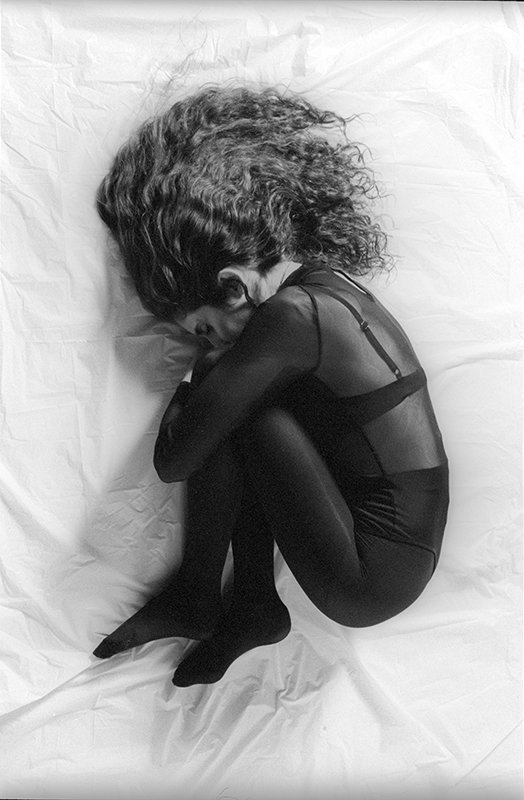
Is there something you think non-creatives will struggle to understand about your journey as a creative? Maybe you can provide some insight – you never know who might benefit from the enlightenment.
One thing non-creatives often underestimate is how much emotional labor goes into the work. For me, photography isn’t just visual — it’s emotional, intuitive, and deeply personal. I don’t just capture what something looks like; I try to express what it feels like, especially when the feeling is hard to name.
That kind of emotional translation takes time and presence. It can’t be rushed. And because the work often looks minimal on the surface, it’s easy to overlook how layered the process really is. The truth is, making quiet work in a loud world takes just as much courage as creating something bold.
Contact Info:
- Website: https://www.mahnoorkhan.com/
- Instagram: https://www.instagram.com/noormnkphoto?igsh=MTZsdDYzM2UxMG0waw==
- Facebook: https://www.facebook.com/share/18Sn9me86a/
- Linkedin: https://www.linkedin.com/in/mahnoor-nasir-khan-34824ab0?utm_source=share&utm_campaign=share_via&utm_content=profile&utm_medium=android_app
- Other: https://www.artsy.net/artist/mahnoor-nasir-khan
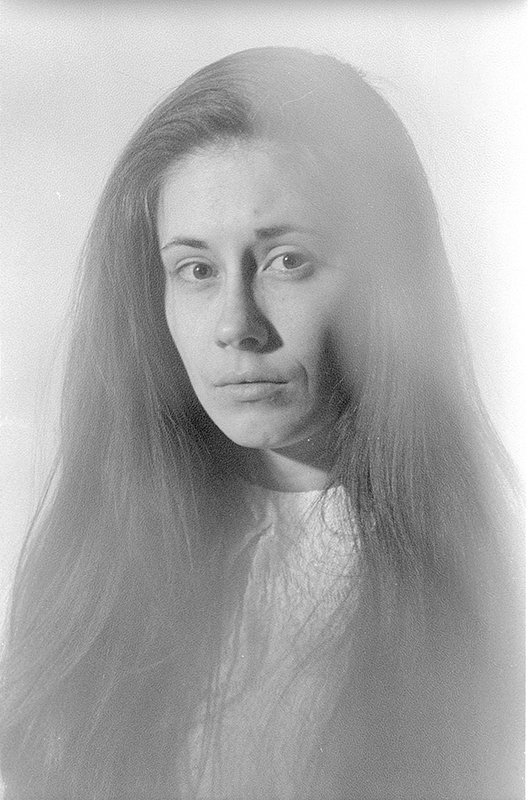
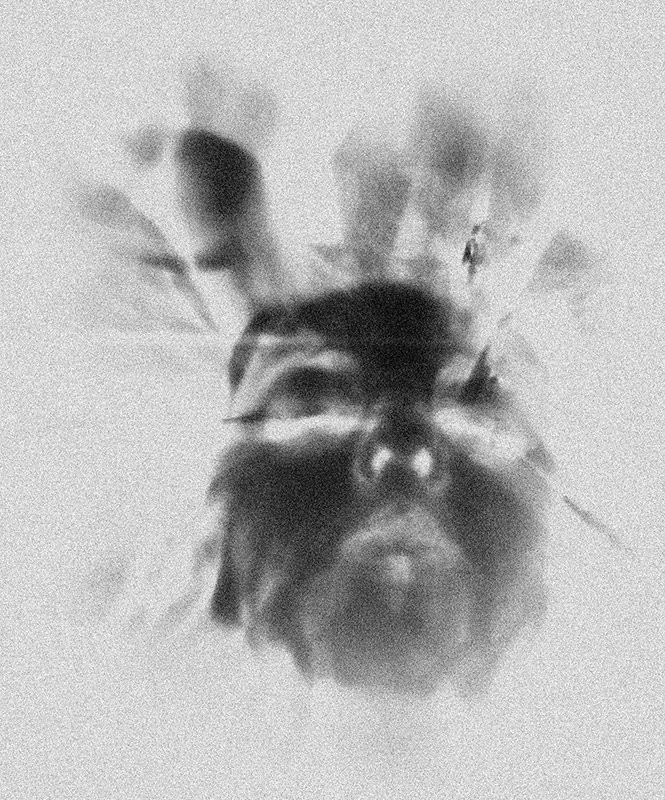
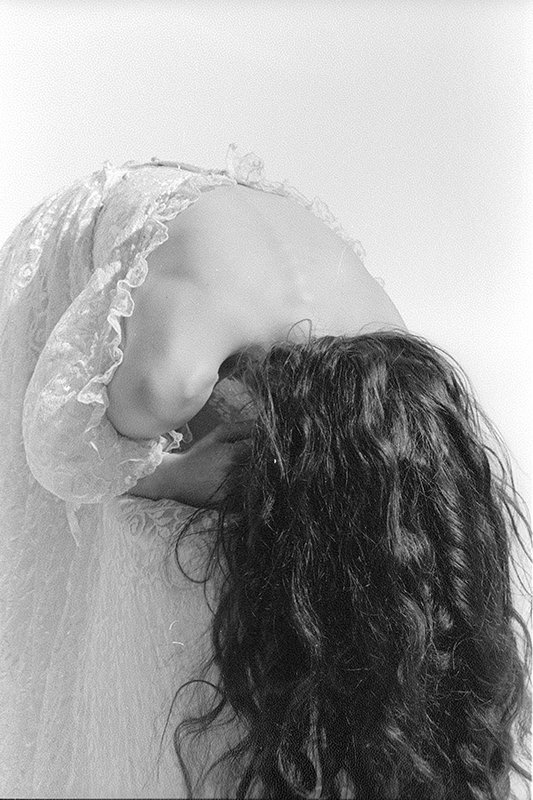
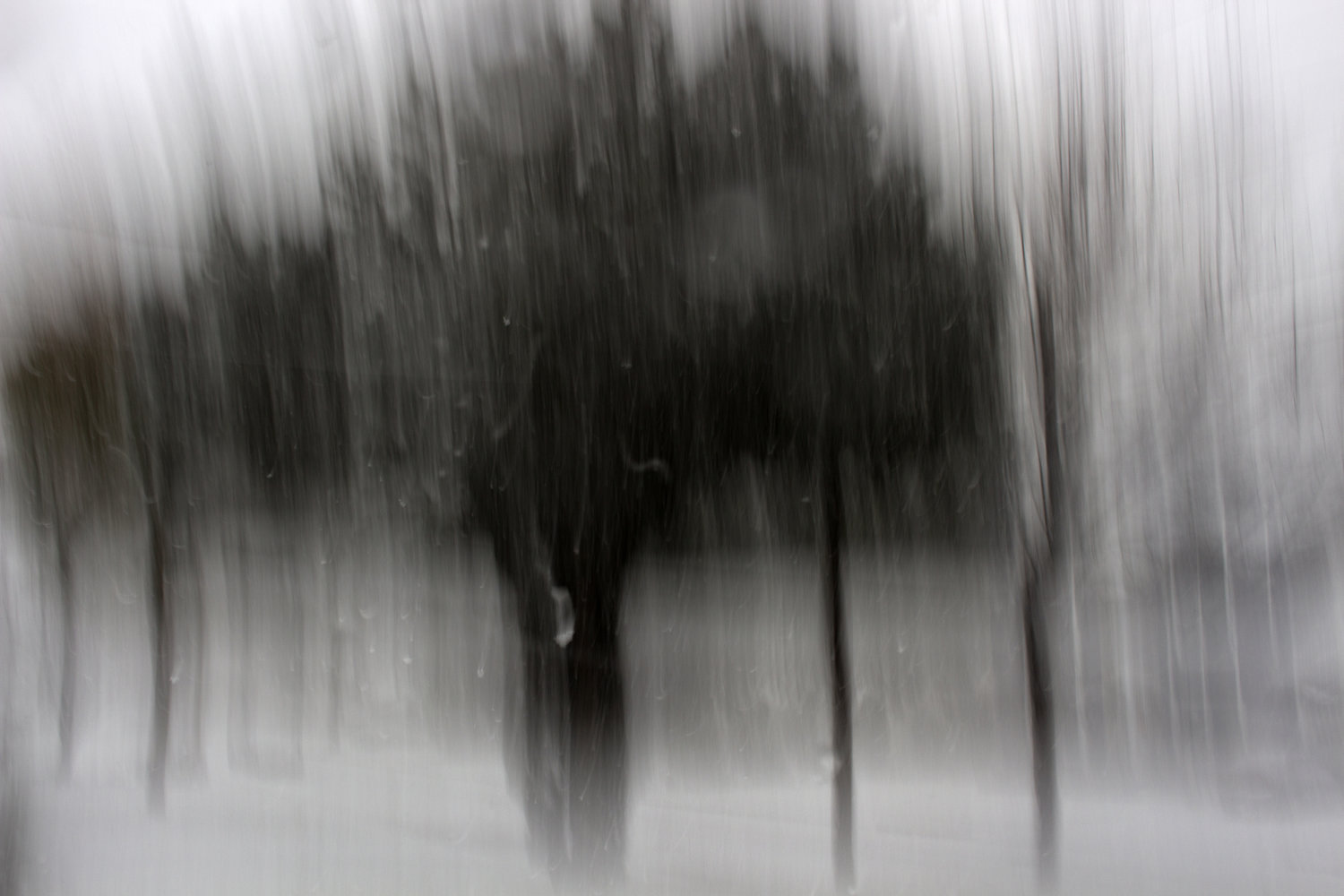
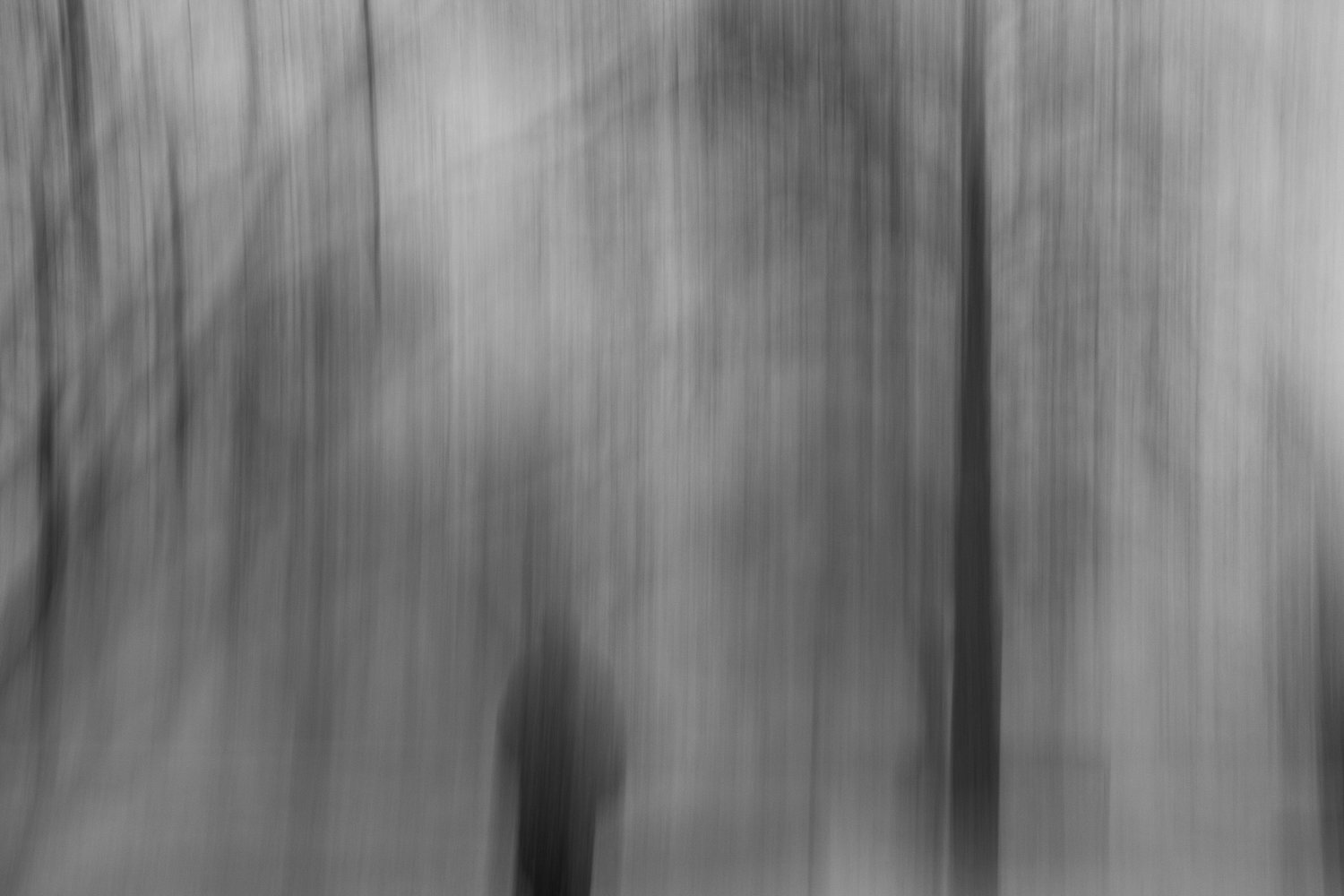
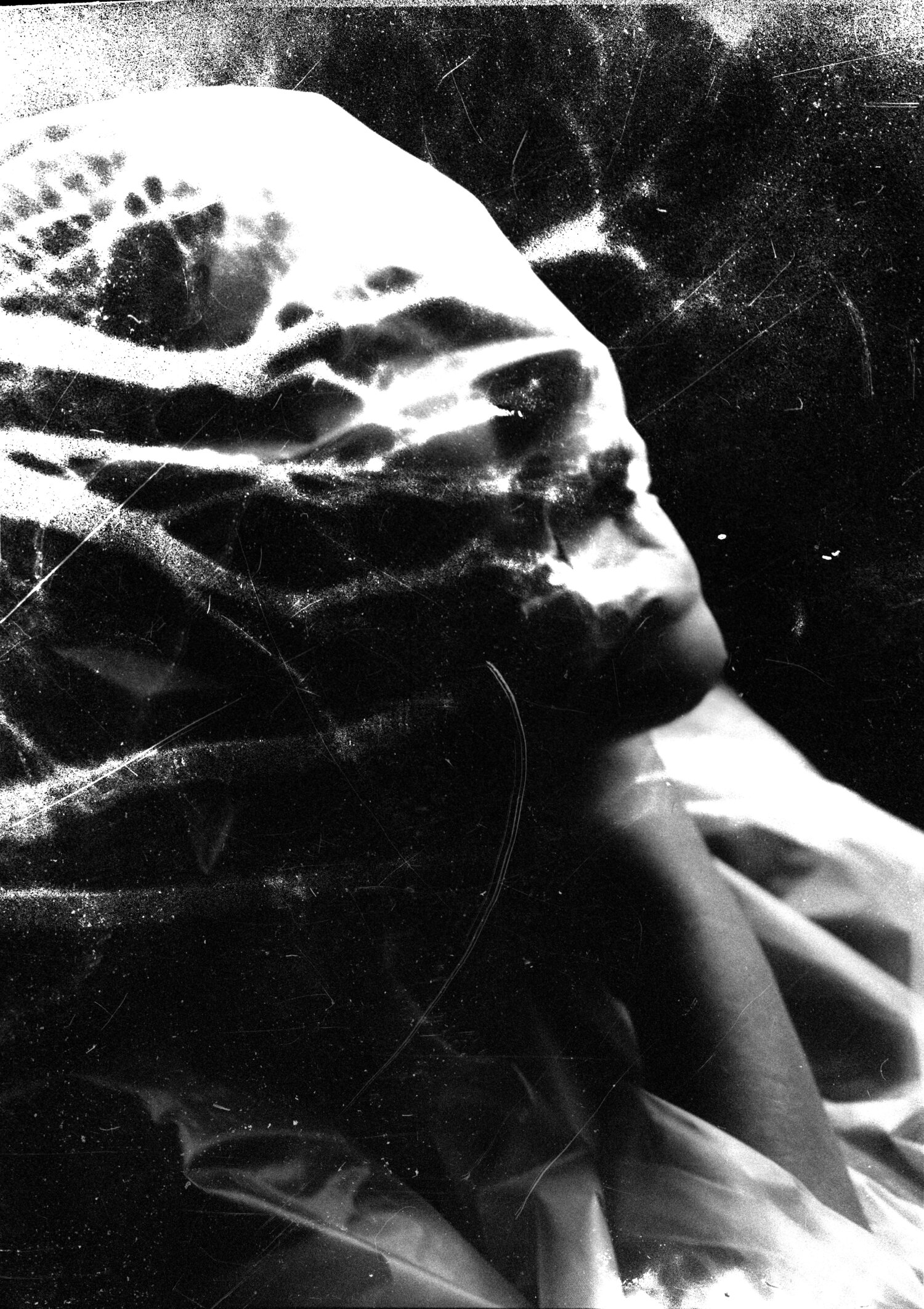
Image Credits
Mahnoor Nasir Khan


